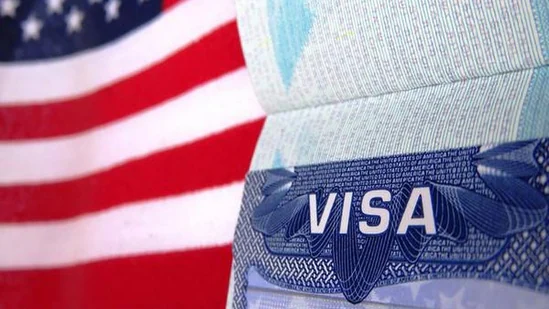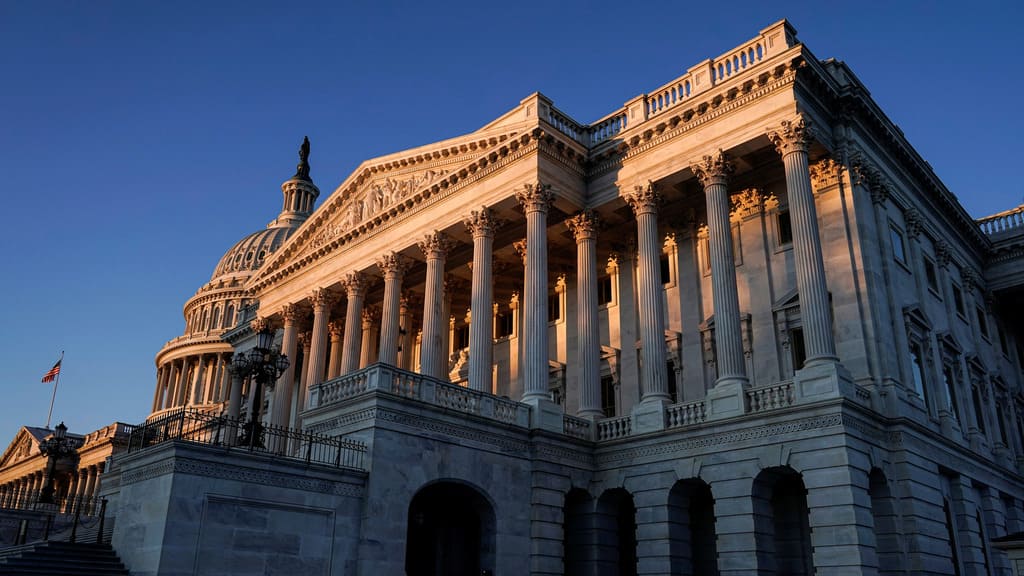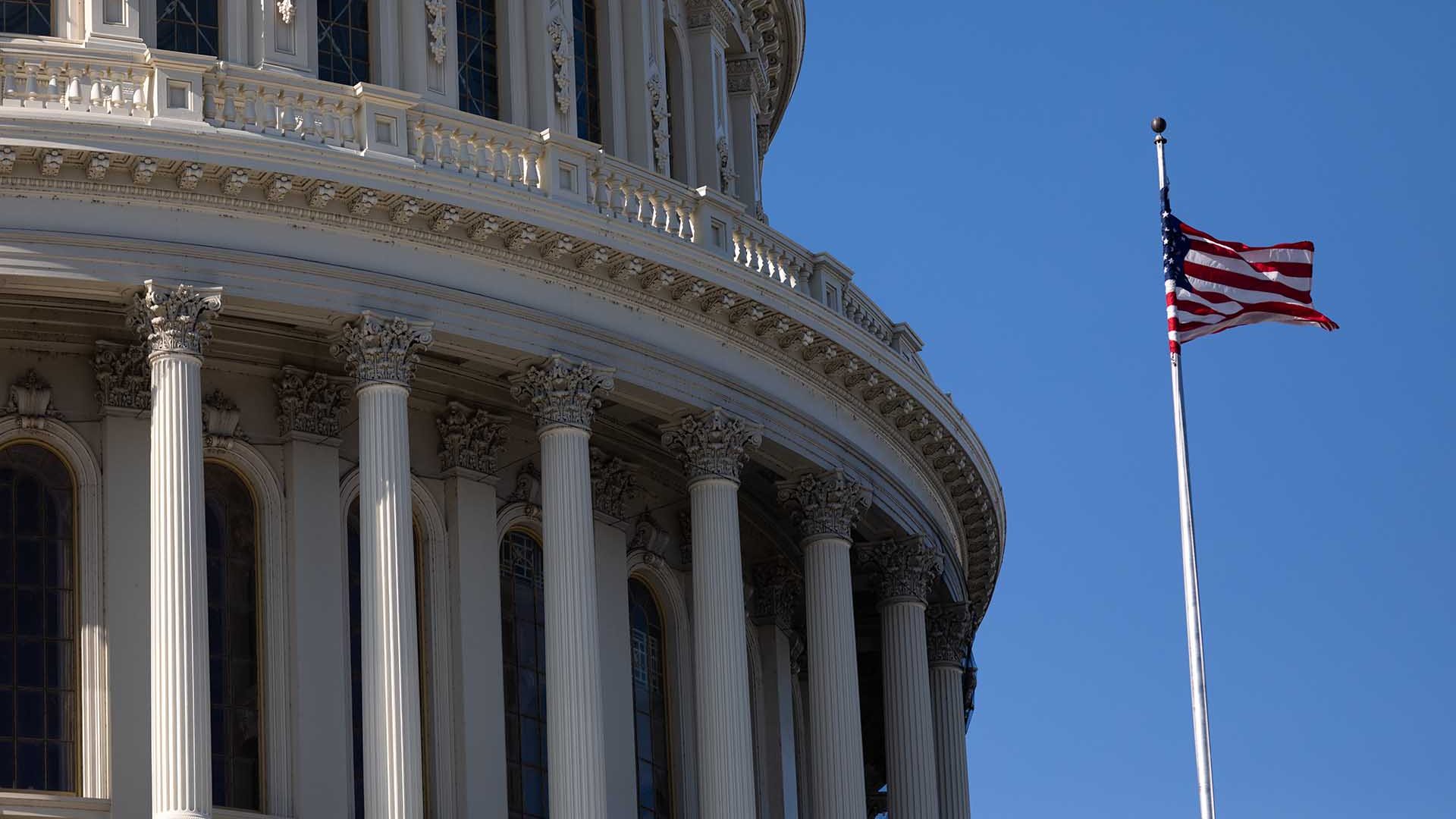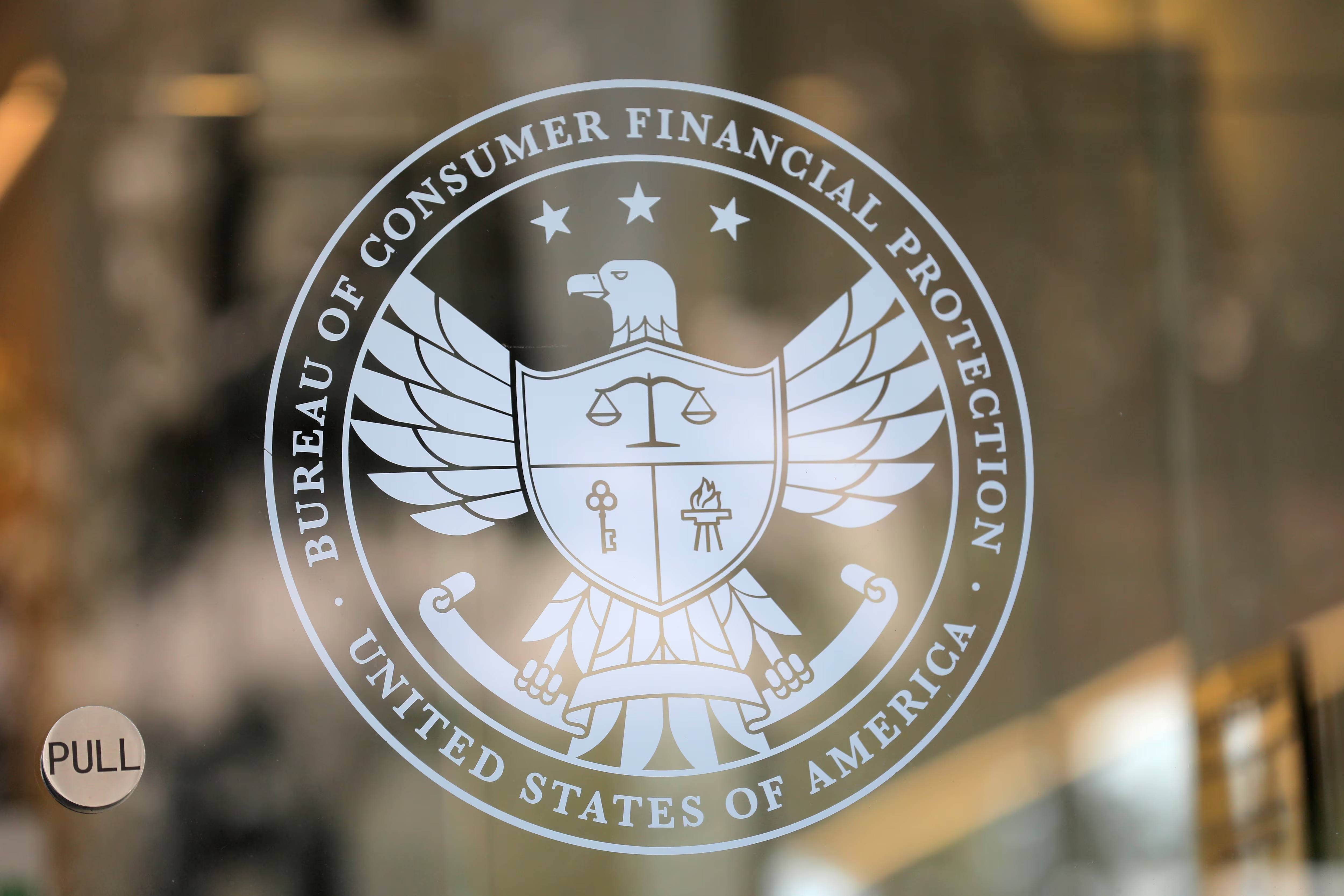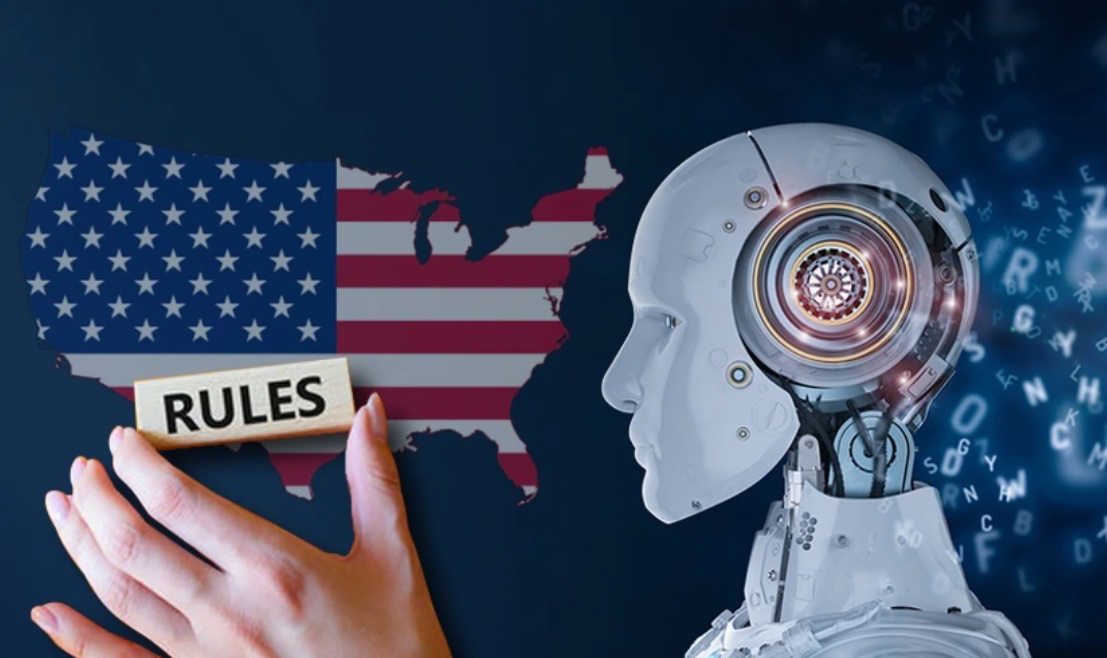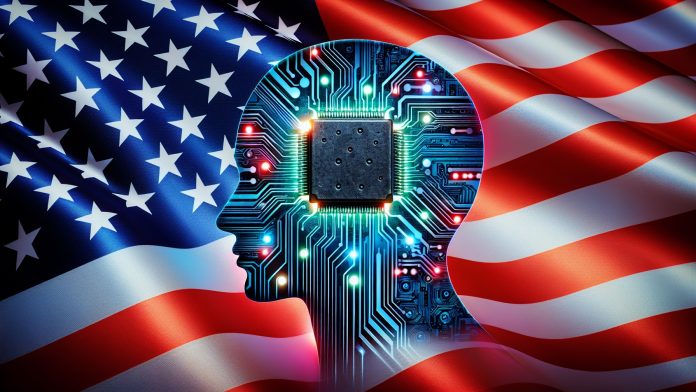🏦 Navigating the New Era of Bank Loans in the USA: What Borrowers Must Know in 2025
BynambiPublished 87 days ago
Who’s Borrowing and Why? A Snapshot of 2025 Borrowers
Young Professionals & Entrepreneurs: Seeking startup capital, personal growth, and home ownership.
Gig and Remote Workers: Demanding flexible, income-sensitive loan products.
Eco-conscious Consumers: Opting for green loans with incentives for sustainable purchases.
Small Business Owners: Leveraging data-backed loans for faster capital access.
Common loan uses include:
Mortgage and refinancing (42%)
Education and skill development (18%)
Vehicle financing, especially EVs (15%)
Business expansion (13%)
Medical and emergency expenses (12%)
Innovations in Bank Loan Products and Processes
AI-Driven Credit Assessment
Gone are one-size-fits-all credit decisions. Banks now use AI to evaluate diverse data—employment history, spending patterns, digital behavior—to offer tailored interest rates and credit limits.
Eco-Friendly Loan Options
Green mortgages and auto loans reward borrowers who invest in energy efficiency and carbon reduction with lower rates and rebates.
Flexible Repayment Plans
Income-based repayments, subscription-style loans, and pause-pay features address volatility in borrower income streams.
Fully Digital, Instant Approvals
End-to-end loan applications happen on smartphones, with decisions in minutes, using blockchain for transparency and security.
Integrated Financial Wellness Tools
Loan providers now bundle coaching, budgeting apps, and alerts to help borrowers manage debt sustainably.
Key Challenges Borrowers Face
Interest Rate Uncertainty: Rising Fed rates can increase borrowing costs quickly.
Debt Overextension: Easy credit can tempt over-borrowing.
Data Privacy Concerns: Sharing personal data requires trust and safeguards.
Complex Loan Terms: Hidden fees and confusing contracts demand borrower vigilance.
Best Practices for Borrowers in 2025
Understand APR & Total Loan Costs: Look beyond headline rates to all fees and terms.
Maintain Healthy Credit Scores: Timely payments and low credit utilization remain vital.
Compare Multiple Lenders: Fintech, credit unions, and traditional banks all compete for your business.
Use Tech Tools: Apps and AI advisors can model scenarios and warn against risky borrowing.
Plan Repayments Strategically: Avoid stacking loans and consider fixed-rate options when possible.
The Future of Borrowing: What to Expect
Voice-Activated Loan Management: Approve loans and manage payments hands-free.
Embedded Lending Experiences: Loan offers appear in everyday apps—shopping, ride-hailing, freelancing.
Sustainability-Linked Credit: Borrowers rewarded for reducing carbon footprints and social impact.
AI-Powered Personalized Coaching: Proactive advice to optimize borrowing and financial health.
Conclusion: Empowered Borrowing for a Brighter Financial Future
Bank loans in 2025 are more than just money—they’re strategic tools shaped by innovation, flexibility, and social responsibility. Borrowers who stay informed, use technology wisely, and plan carefully will unlock not only funds but also opportunities for lasting financial well-being.
“In a rapidly evolving economy, smart borrowing isn’t just about credit—it’s about clarity, control, and confidence.”

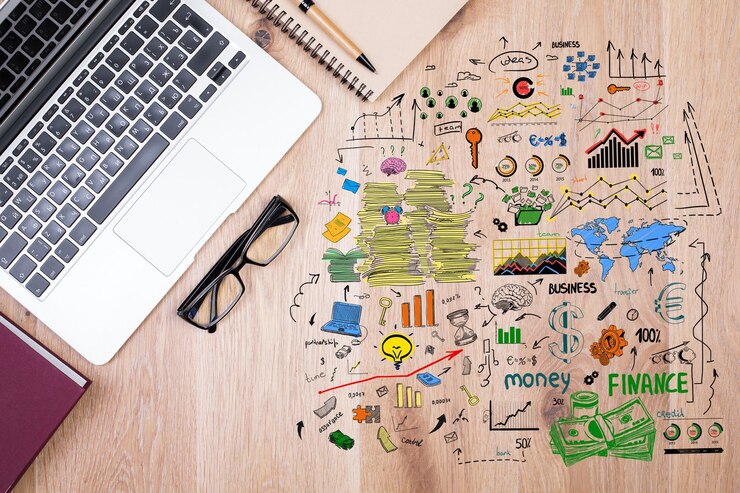


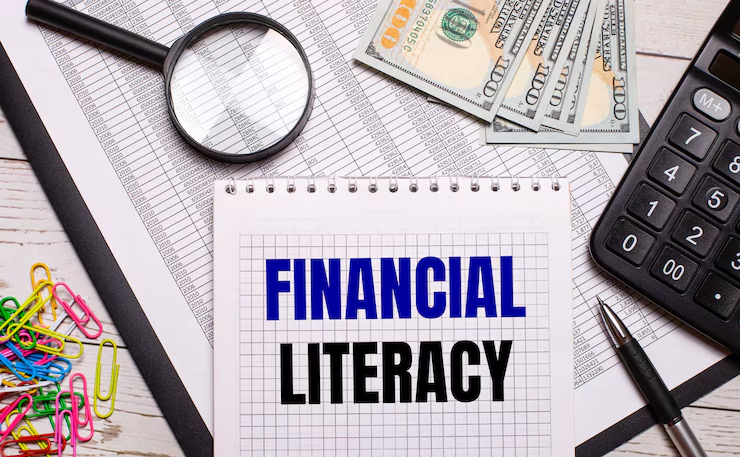
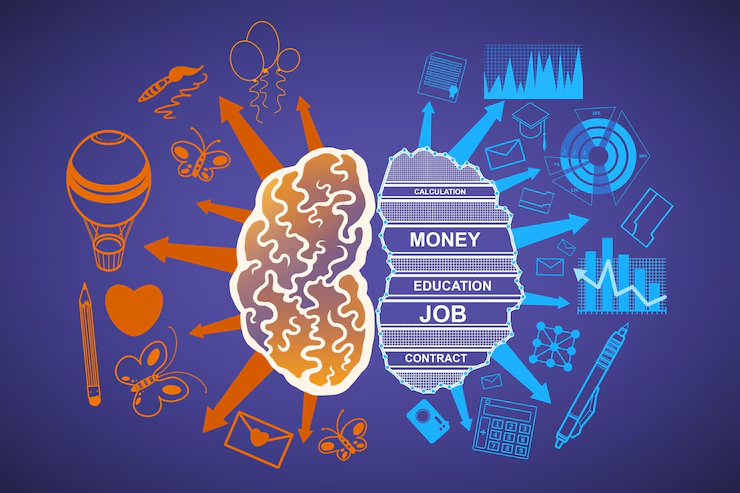
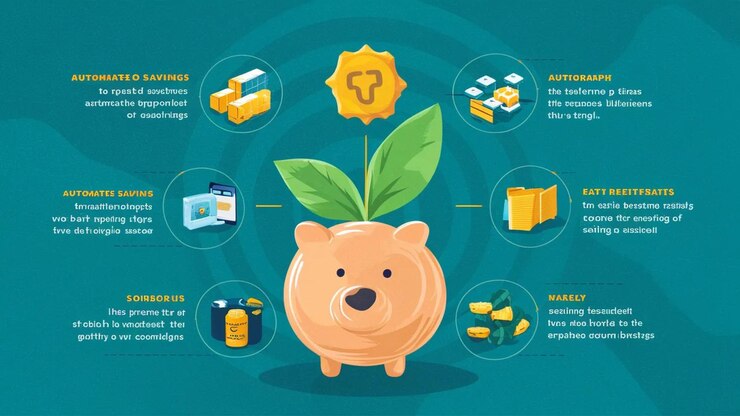
.avif)
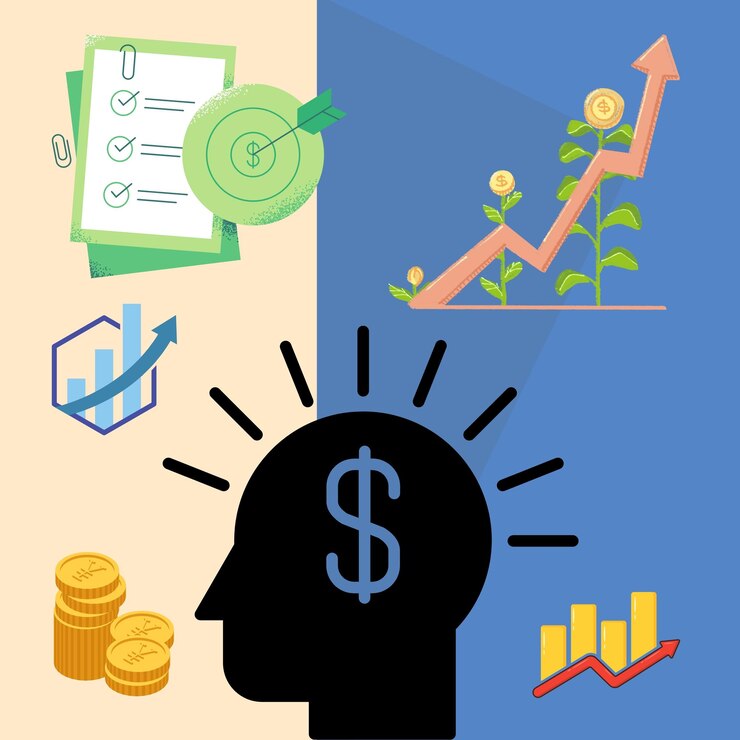


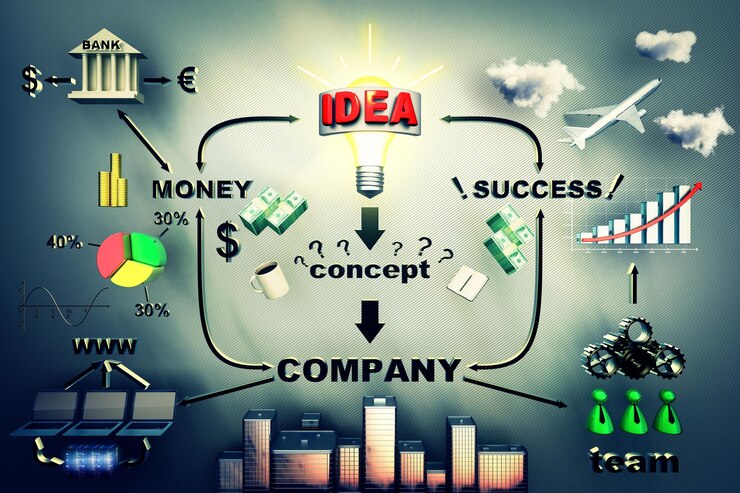

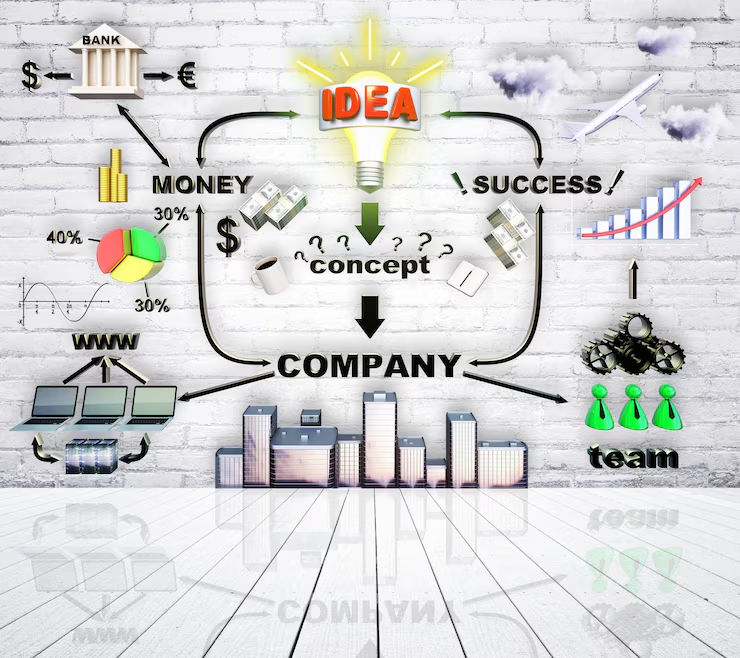

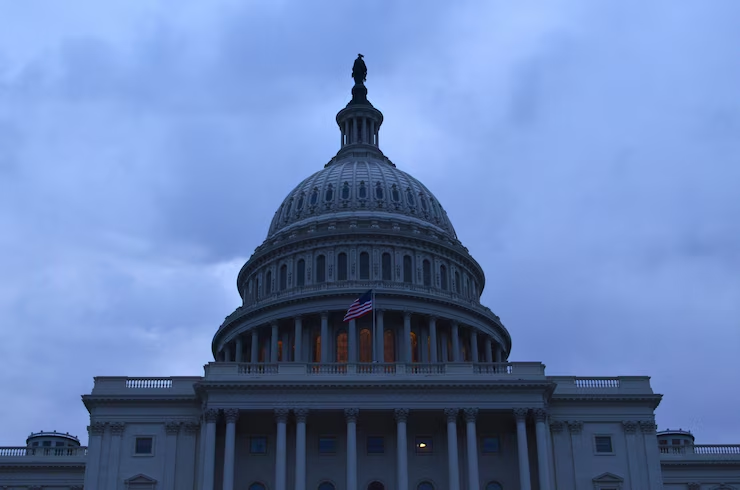










.jpg)





.png)


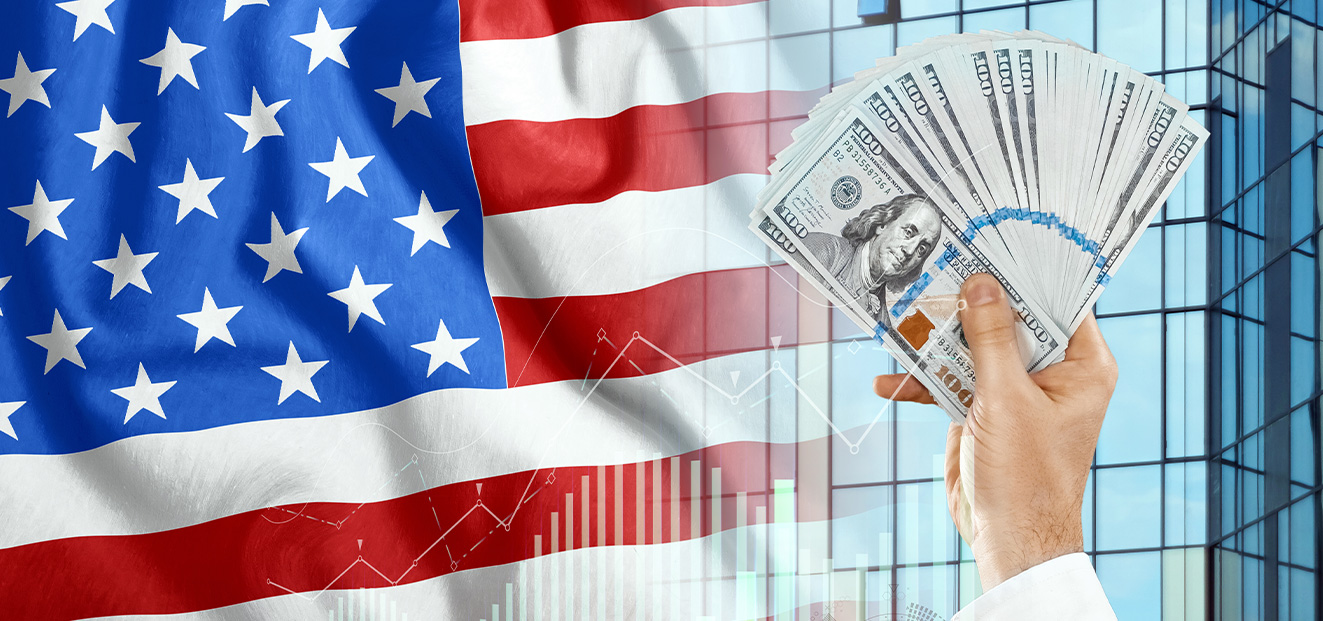
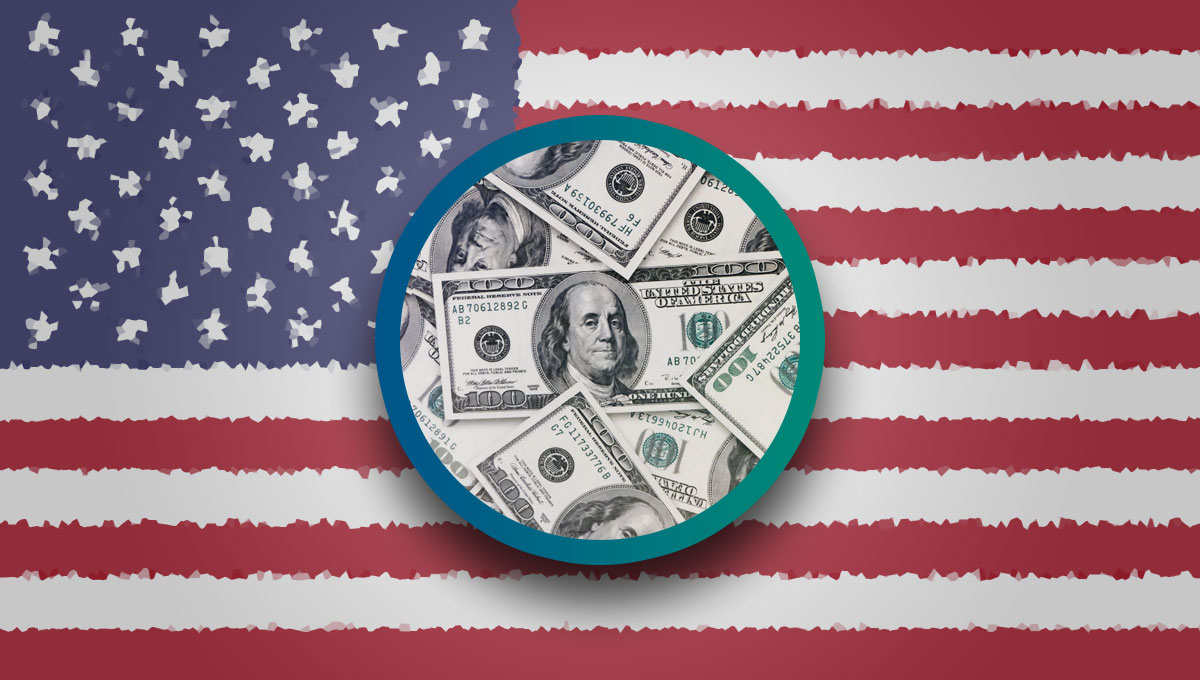
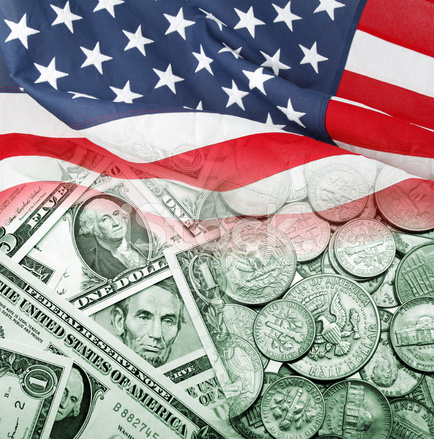




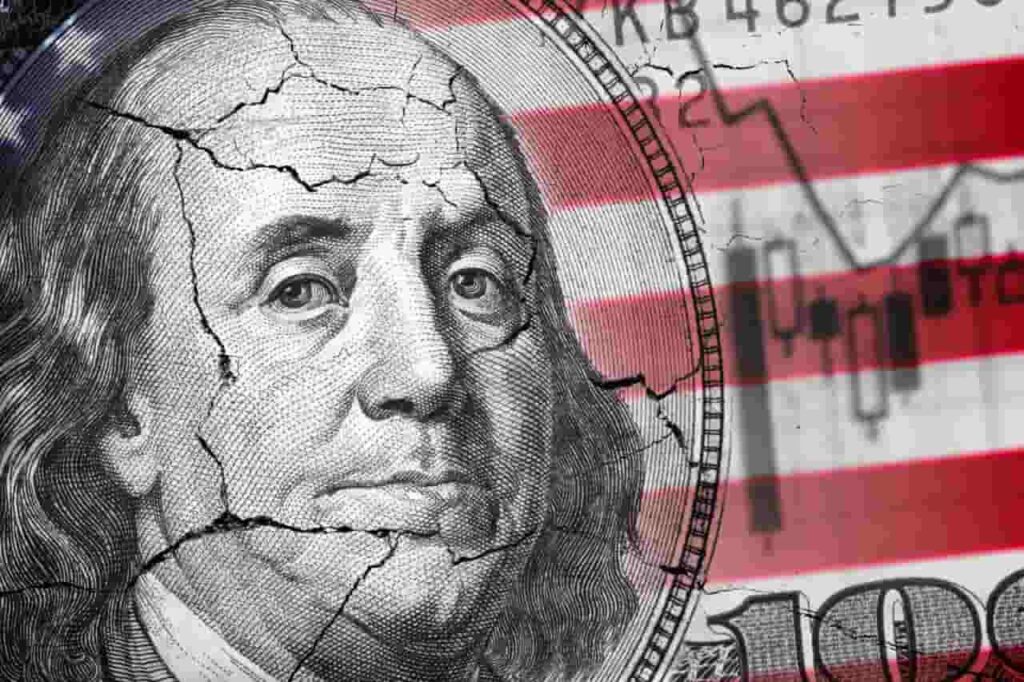
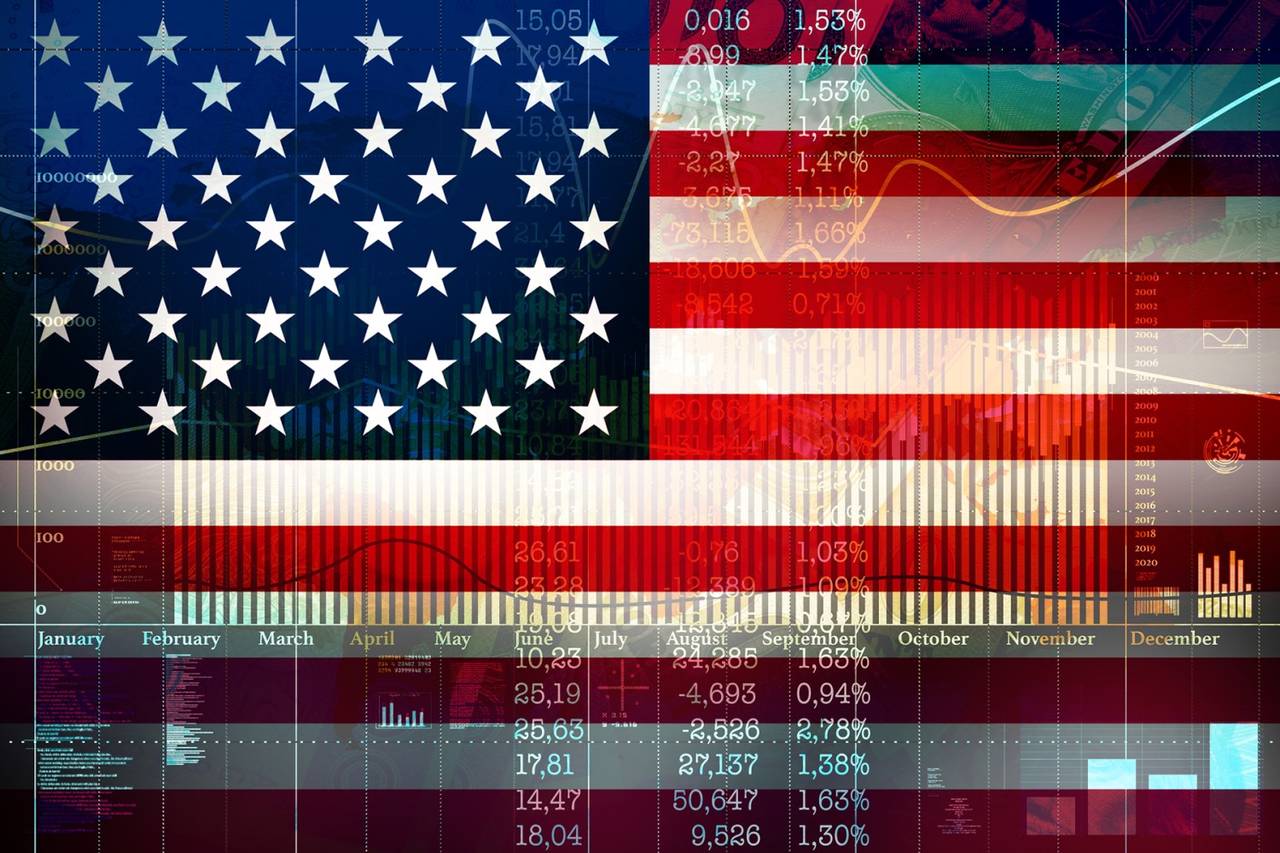




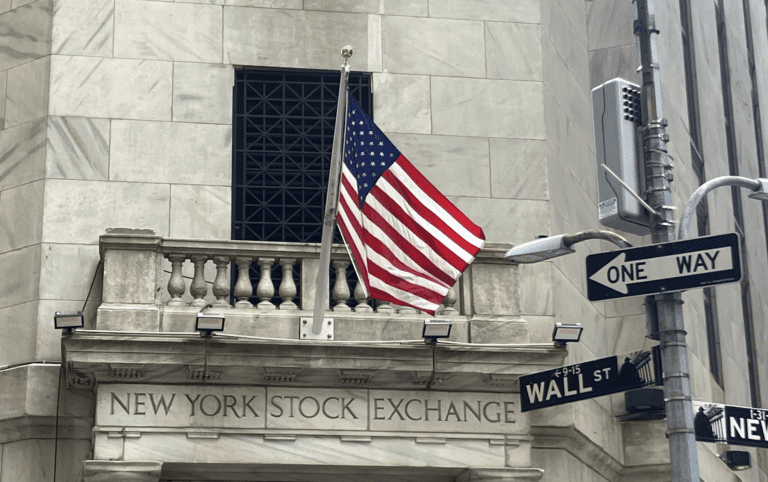

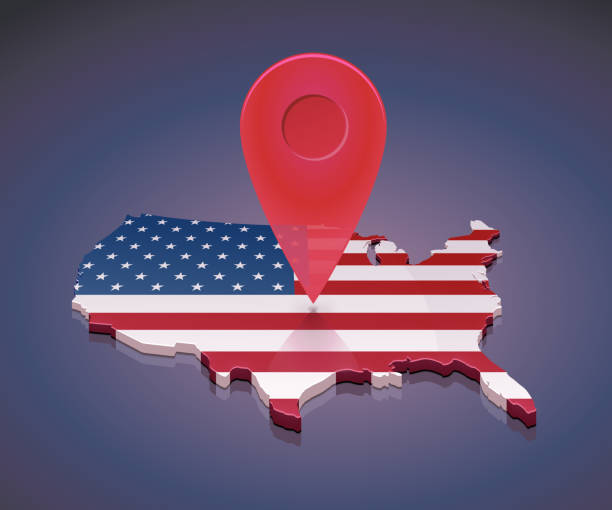
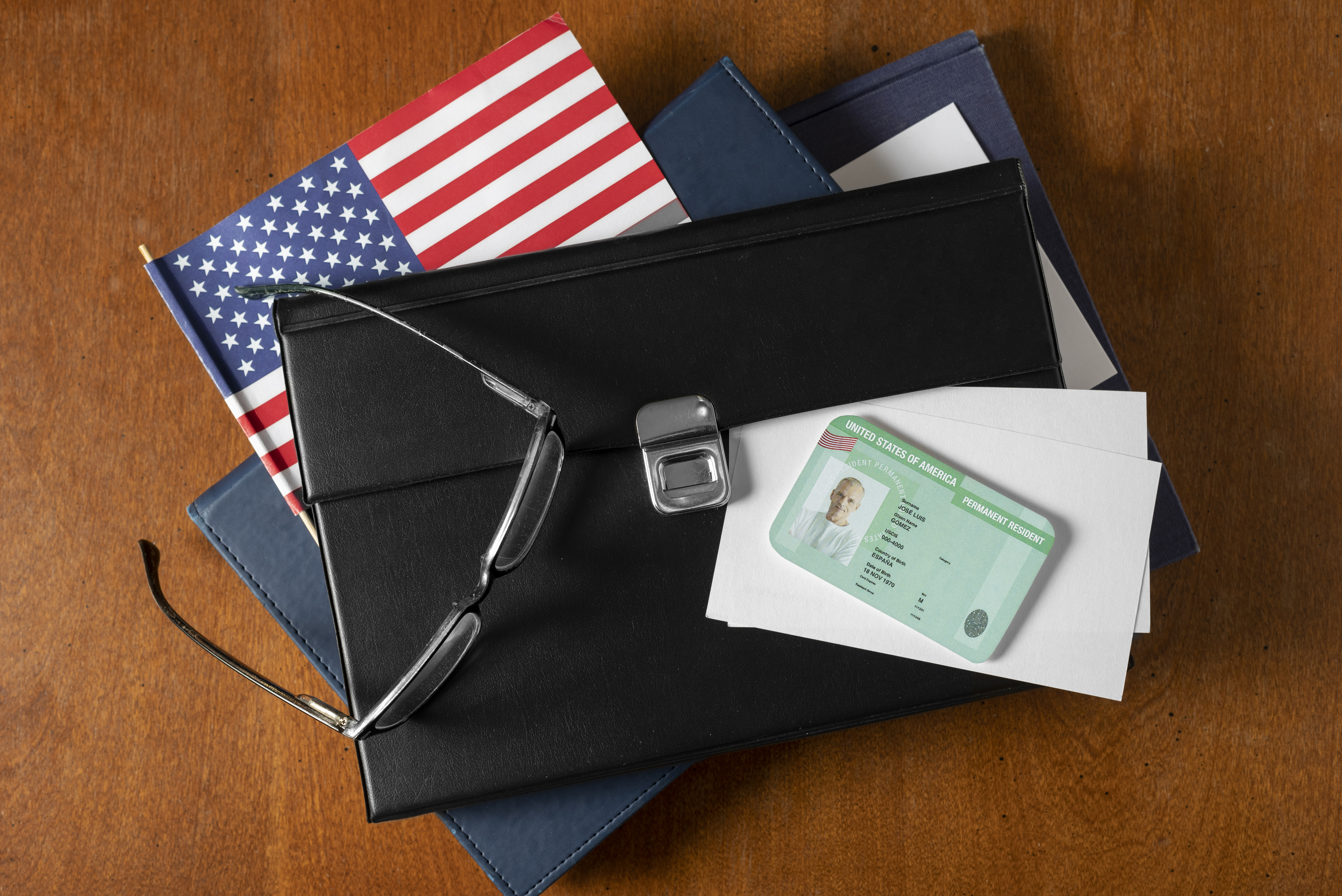



.jpg)
